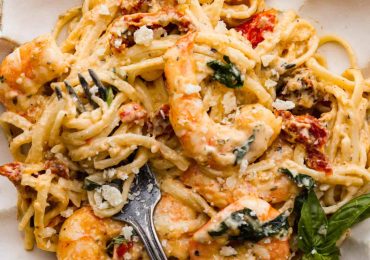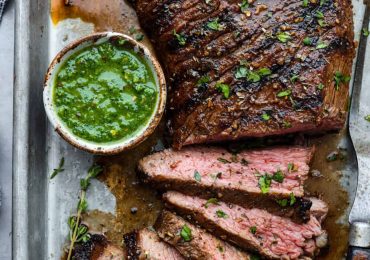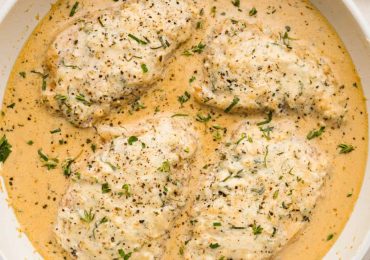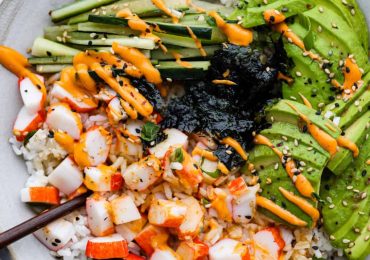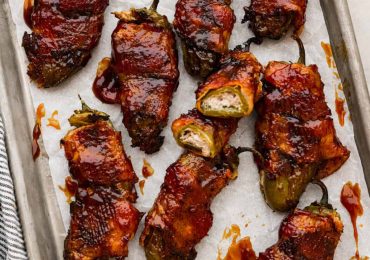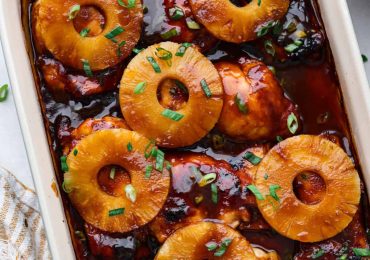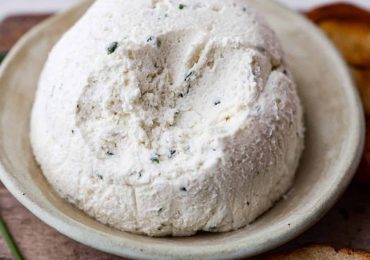ANAHEIM, CALIF. — The oceans are one of the most regenerative food systems on earth, yet frequently overlooked as being “part of the food system,” according to speakers participating in the “Making waves: Emerging brands driving innovation in seafood CPG” session held March 10 at Natural Products Expo West. The nascent brands want to make “food from the sea” a more generally consumed category of foods.
Food from the sea includes fresh, frozen, canned, value-added, processed and packaged seafood, as well as foods formulated with sea-grown plants like algae and kelp. The protein in the products is complete and high quality, and they are a source of vitamins, minerals and other nutrients, including omega-three fatty acids.
The Power of Seafood 2023 from FMI-The Food Industry Association, showed that seafood department sales totaled $16.2 billion in 2022, a 3.8% decrease over 2021, as inflation raised the prices of fresh and frozen seafood. The drop in sales reversed an upward trend that featured record sales during the pandemic, although seafood sales were still higher in 2022 than in 2019, driven in part by shoppers’ desire to eat healthier and include more environmentally friendly options in their diets, according to the report. It showed that 53% of shoppers are frequent (two or more times a week) or occasional (once a month to one time a week) seafood consumers, down from 59% in 2021.
This is a far cry from the nearly one-fourth of global consumers who get their protein from seafood, said Adam Bent, chief executive officer and co-founder of Scout, Vancouver, BC, who spoke on the panel at Expo West.
One of the challenges in the United States with seafood is most consumers only want to eat it fresh, whereas in other countries, canned seafood is embraced, as are seafood snacks, such as jerky, kelp chips and seaweed puffs. In the United States, this is likely the result of negative childhood memories of frozen fish sticks and casseroles made with canned tuna.
There was a time when canneries were a staple in coastal fishing communities across North America, said Mr. Bent. Local fishermen would bring their seasonal catch to be preserved with salt, smoke and time. This is not much different than curing meat or aging cheese. This was the inspiration that led Charlotte Langley, a chef and co-founder of Scout, to create the line of tinned fish, a category that has started gaining traction in the United States. She used Expo West to introduce the line.
“Our new Scout Seafood Snacks feature toppers packaged separately from responsibly sourced yellowfin tuna to bring instant flavor, intensity, texture and color,” Mr. Bent said. “This is a new innovation in the canned seafood category. We’re offering wider audiences a gateway into sustainable seafood.”
Each pack contains a can of yellowfin tuna in olive oil, a crunchy topper mix-in and a spork. The kit boasts up to 33 grams of protein. Varieties are chili crisp, which includes a spicy, savory and slightly sweet mixture of chili peppers and aromatics; Chile jalapeño, which is a nod to the variety of chilies and flavors of Mexico where Scout’s yellowfin tuna is sourced; and za’atar, which features a blend of spices from the Middle East.
Zoe Croft, director of sales for Atlantic Sea Farms, Portland, Maine, and also a panelist, said, “There’s an ocean of opportunities.”
The panelists believe the sustainability messaging of the ocean as a food system will resonate with today’s consumers. It also is fueling innovation in the space.
Atlantic Sea Farms, for example, is introducing new and sustainable ways to grow regenerative kelp. It often is referred to as the “superhero of the ocean,” as it removes carbon from the atmosphere 20 times more efficiently than land crops, all while being low maintenance.
The company’s flagship product is ready-cut frozen kelp that simply requires thawing before eating. There also are frozen pureed kelp cubes ready for use in smoothies, soups, sauces and dressings. Recently the company added Sea-Veggie Burgers in basil pesto and ginger sesame varieties. Kelp is the No. 1 ingredient in the vegan, gluten-free 2.5-oz frozen patties, which also contain chickpeas and pea protein, among other ingredients.
Tidal Foods, San Francisco, offers 12 Tides Organic Kelp Snacks. The puffed chips are formulated with kelp as well as cassava and tapioca flour, coconut milk, nutritional yeast and spices.
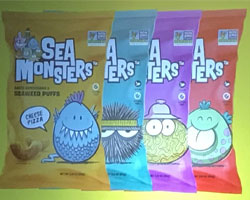 Sea Monsters, a children’s snack, are a puffed seaweed and sorghum snack. Photo: Donna Berry
Sea Monsters, a children’s snack, are a puffed seaweed and sorghum snack. Photo: Donna BerryTo get the youngest generation of consumers more interested in foods from the sea, Sea Monsters Inc., New York, created a puffed seaweed and sorghum snack. The puffs come in cheese pizza, sour cream and onion, spicy Korean BBQ and sweet chili flavors, with the package of each flavor associated with a different sea animal.
“We’re on a mission to help save the world by getting you to snack on seaweed and learn about life under the sea,” said John Lee, co-founder, and a panelist. “We are trying to reach kids of all ages and educate them on the fact that real animals live in the ocean.”
Steve’s Family Foods, Van Nuys, Calif., is trying to do the same with its Alaskan Salmon Nuggets. Coated in panko crumbs, the frozen nuggets come in lemon butter, original, smoked and spicy Buffalo flavors.
Seafood jerky is another format gaining traction in the United States. UFisheries, Minneapolis, debuted Alaskan salmon jerky at Expo West. Varieties include cranberry maple syrup, Jamaican jerk and wildflower honey.
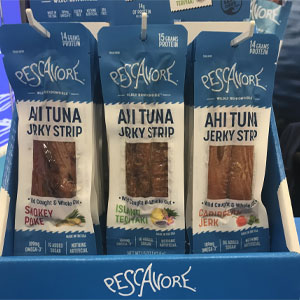 Pescavore seafood jerky is sourced from whole-cut yellow-fin tuna. Photo: Donna Berry
Pescavore seafood jerky is sourced from whole-cut yellow-fin tuna. Photo: Donna Berry
Pescavore Seafood, Santa Cruz, Calif., is turning whole-cut yellowfin tuna into a jerky snack. Varieties are Caribbean jerk, island teriyaki and smokey poke.
Triton Algae Innovations, a San Diego-based startup launched Too Good To Be Asian-style frozen dumplings with a cabbage, onion and alternative pork filling at Expo West. The filling is formulated with Hardtii algae, which the company said is the secret ingredient to making the vegan pork taste like the real thing.
“While the alternative meat industry has been experiencing some challenges of late, we don’t believe this means investors and consumers are no longer excited about this sector,” said Xun Wang, president and CEO. “Consumers want to see and experience new and innovative ingredients and related products rather than the more duplicative and non-differentiated meat analogue products that have come to dominate that market. We think consumer desire for alternative meat and seafood products remains strong; it is just incumbent on companies to fill that market with tasty, healthy and sustainable products that consumers seek and crave.”
